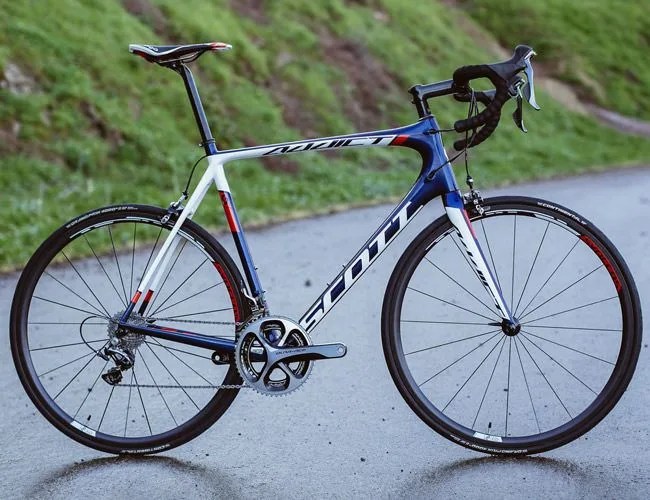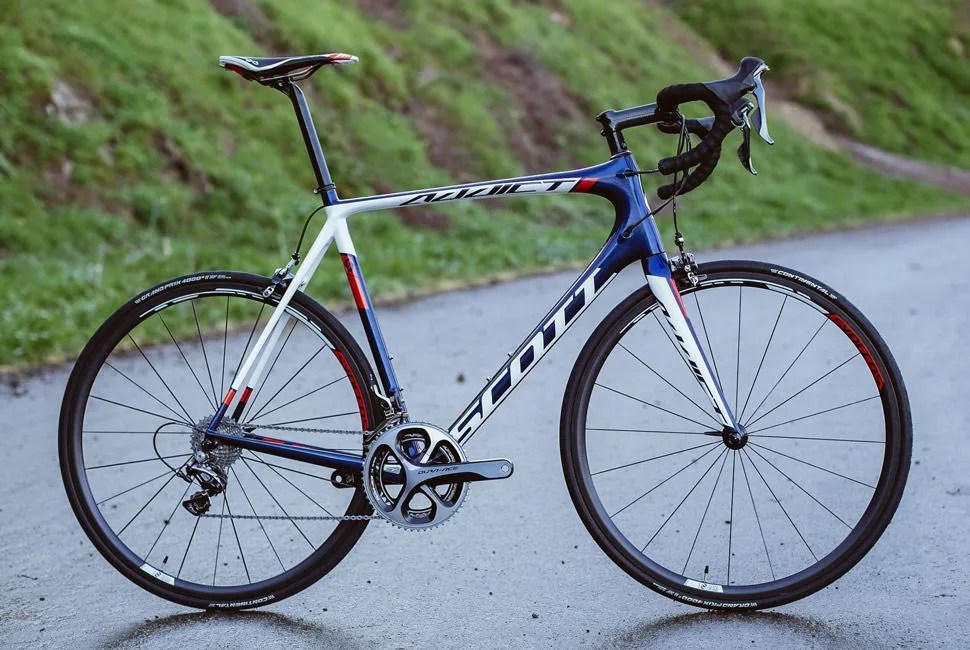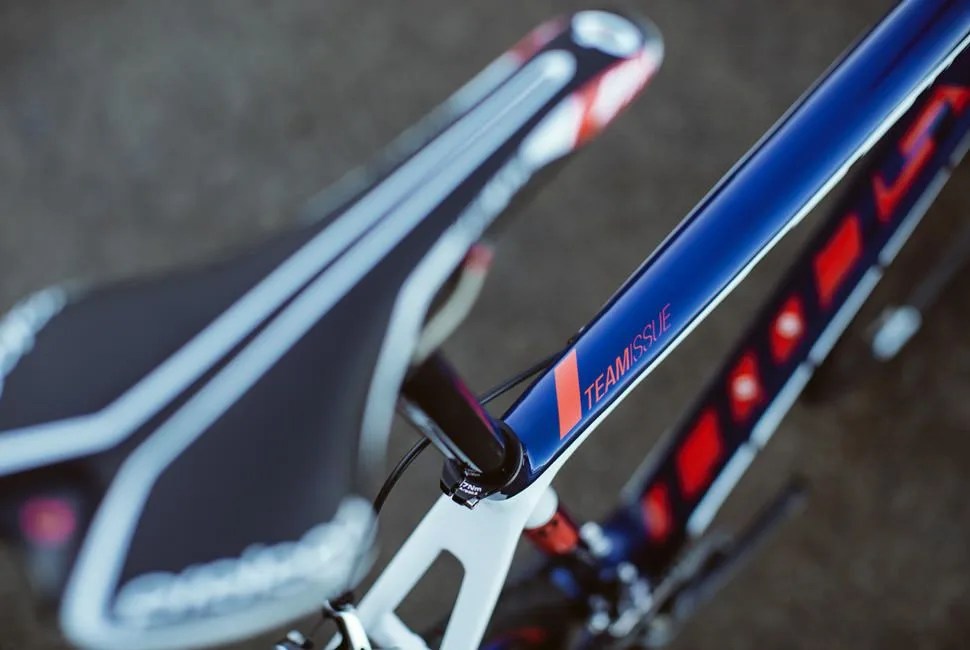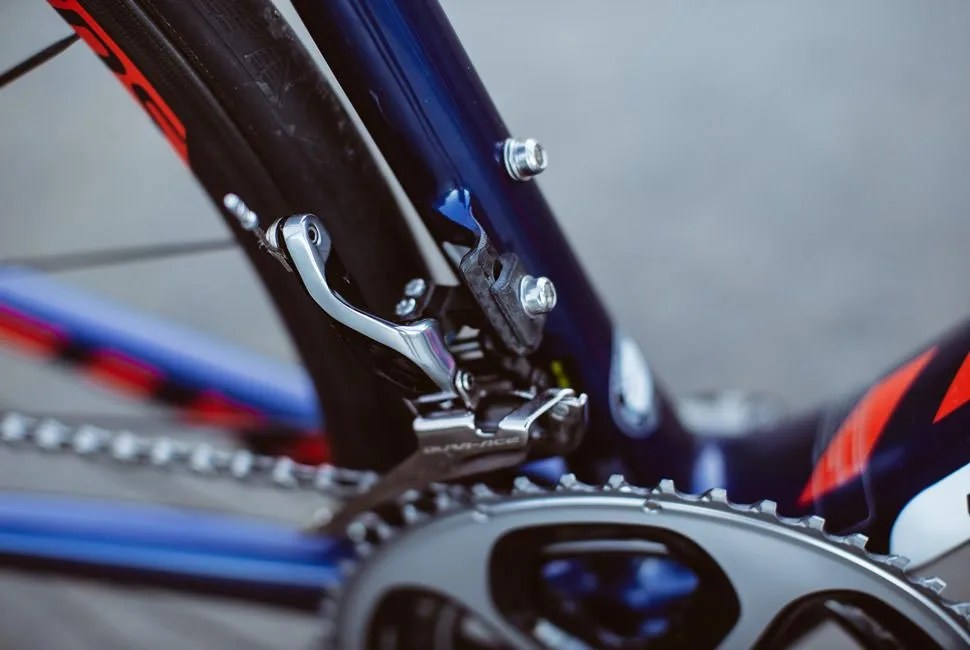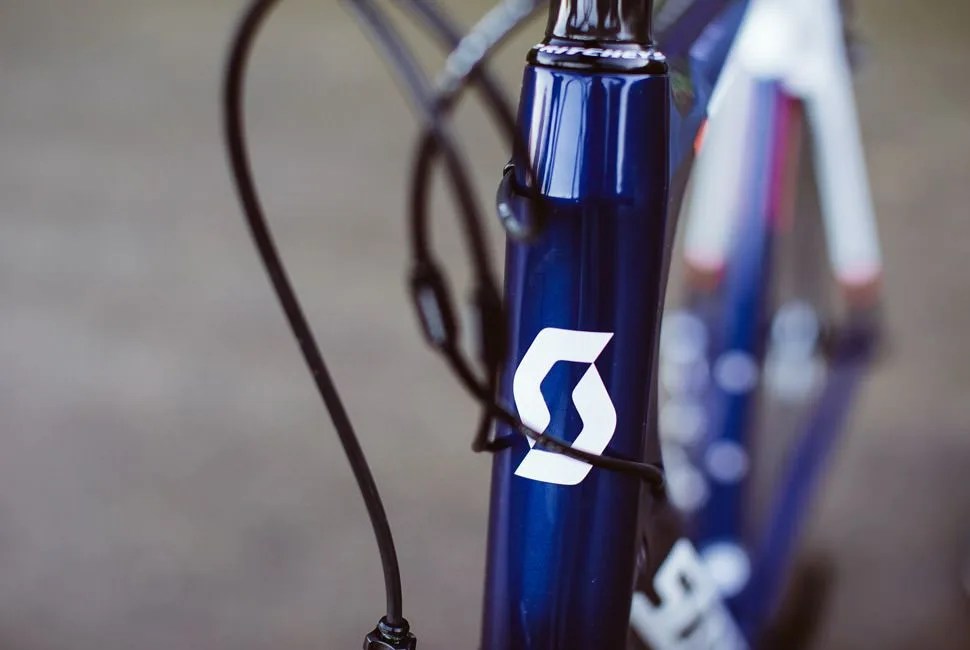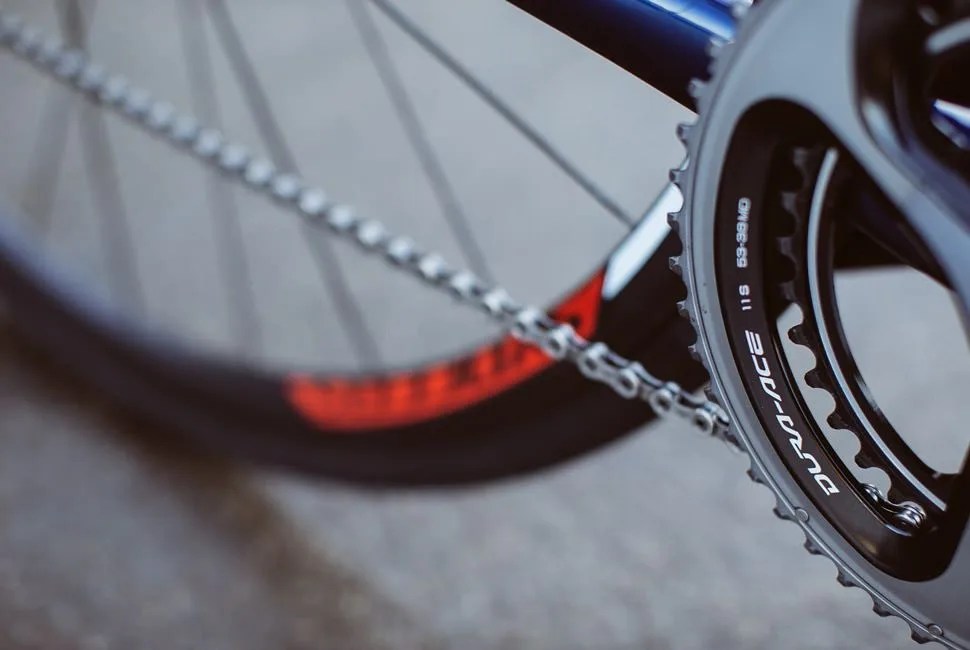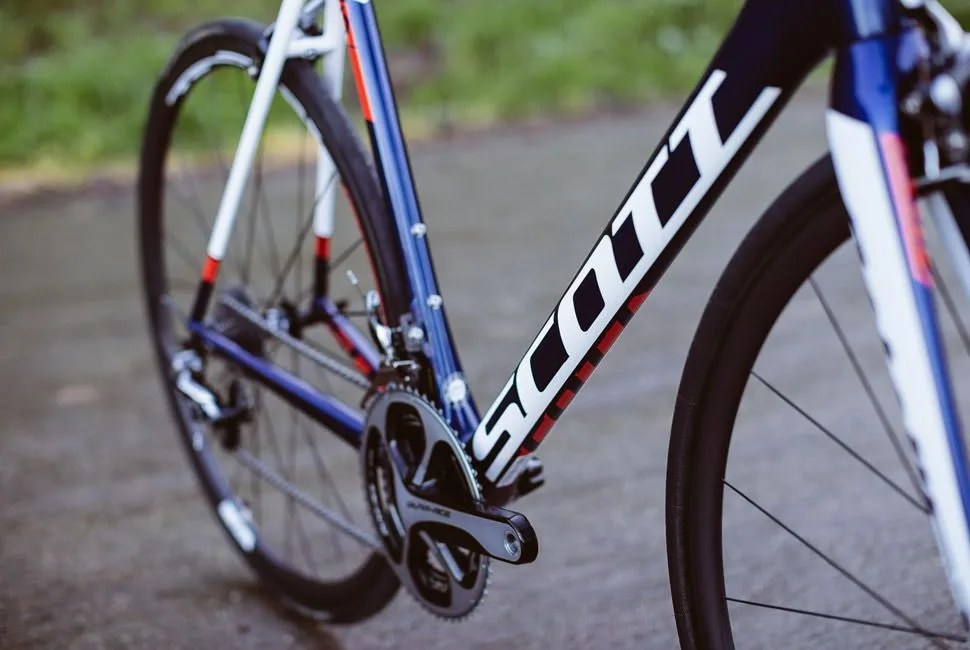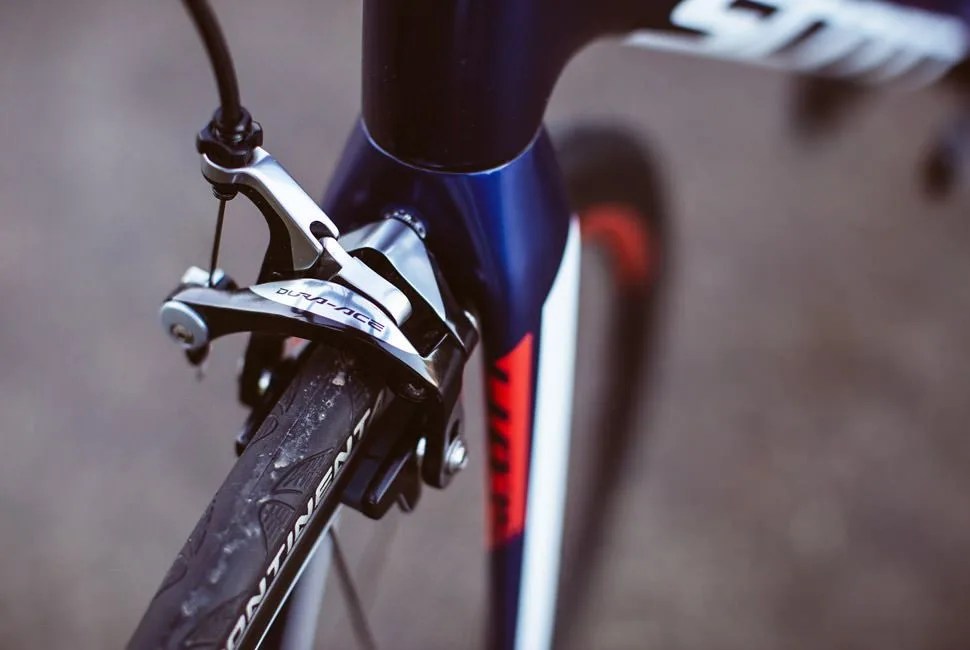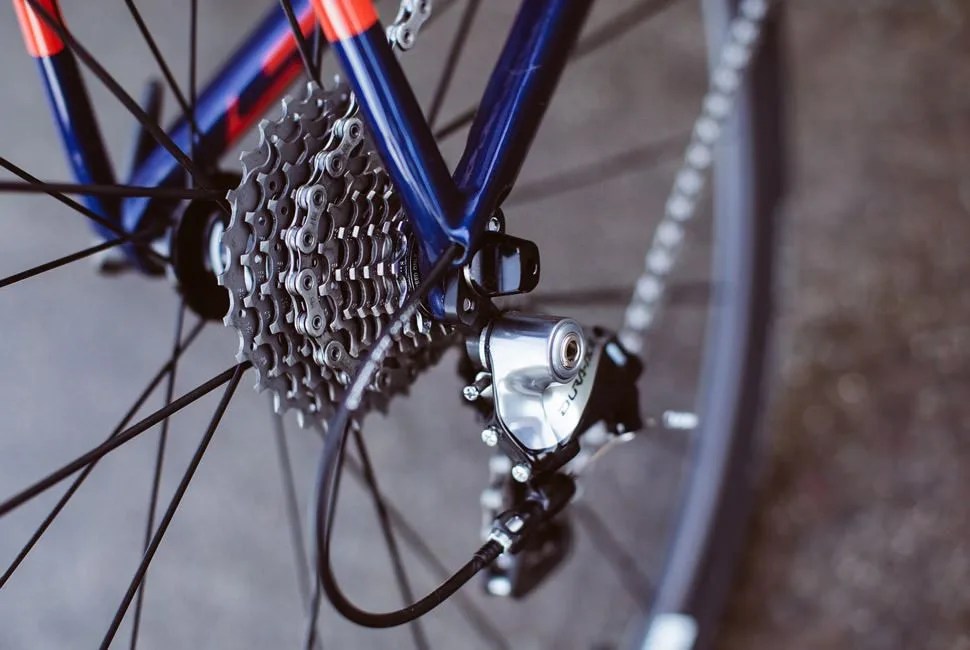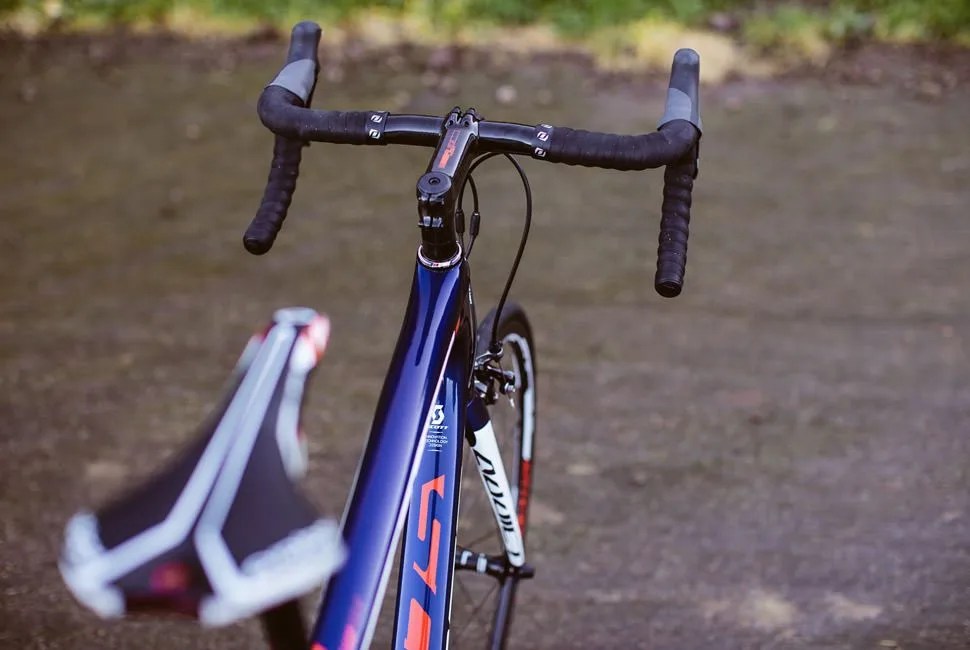9 photos
You know how it happens: a ride starts out casually, three friends on a slow Sunday spin. The first hill comes, and one guy sets pace, the others following behind. Toward the top, one breaks away — nothing much, a small feat of bravado. The two ignore it. Then, on the downhill, the two pair together and slingshot past the hotshot KOM. Hotshot then catches up, and on the flat the three are engrossed in an all-out sprint. What started casually ends with everyone jockeying to prove their masculinity by means of leg strength. In those moments, it’s good to be clipped in to the Scott Addict Team Issue ($7,900), because, in a watt-battle with friends, casual racers, or the professional peloton, this bike won’t back down.
MORE TWO-WHEELED WONDERS: Cannondale Evo Hi-Mod | Cervélo S5 | Trek Lync
For all the comfort, the Addict boasts palpable stiffness. When you push into it, the bike — like the tough kid on the playground — simply doesn’t give. Grabbing the drops and ripping into the pedals, the frame takes all the aggression in stride.
The last Addict iteration hit the market as the first production frame under 800 grams and boasted Scott’s best stiffness-to-weight ratio. In 2009 and 2010, it won 149 UCI races. It set new expectations for competition road bikes and pushed frame building farther into the ultra-specific engineering of lighter, stiffer and more aerodynamic carbon. To top the old Addict, Scott looked to improve those three major categories, but also focused efforts on the comfort of the bike and the road absorption of the frame.
For sprinters and power-pedalers, the new Addict gives a distinct advantage on the road. It is designed as a super performance bike, something to launch you over the flats and power past the competition. There are lighter and more comfortable climbers out there (Bike Radar’s tester disagreed, calling the bike an all-out climber), and the Addict can keep up with them on the hills, but it’s not trying to compete with them. Instead, it looks to give you the advantage with stiffness and pure power transfer.
Seatstays and forks aren’t the most glamorous things to discuss about a bike, but they make a big difference in how you enjoy the ride. Scott optimized the front fork stiffness to allow for adequate breaking support while still offering necessary road absorption. On the rear end of the bike, they narrowed the seatstays 12mm and focused on balancing stiffness and comfort at the three-way intersection of the top tube, seat tube and seatstays. The result is a more equal dispersion of the load weight and more compliance of the seat tube — and therefore, a smoother ride for your butt. On the road, that means cyclists enjoy better ride quality, improved speed and greater endurance. Every bump that throws the rider off or causes him discomfort also potentially slows him down; Scott looked to best dampen the bump’s impact.
